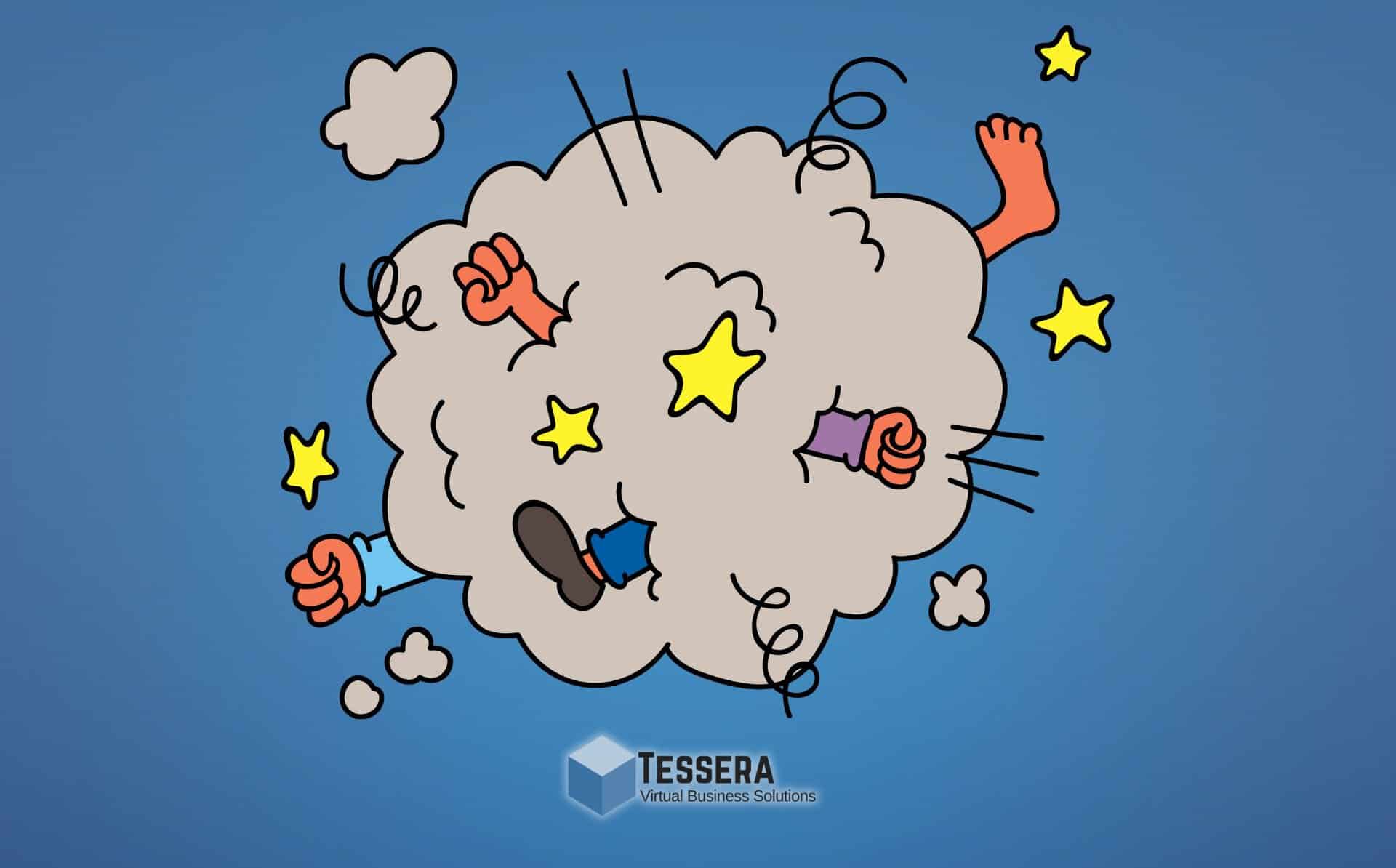At Tessera, we’ve been helping teams implement Asana for several years, and we’ve seen some amazing transformations along the way. Although every team is unique, we’ve noticed that there are a few common reasons why many struggle to fully embrace the powerful Asana work management tool.
Here, we’ve broken down the top three reasons your team isn’t fully embracing Asana and what you can do to fix this. Whether you’re dealing with inconsistent usage across team members, battling information overload, or grappling with insufficient training, we’ve got you covered. Let’s address these challenges head-on, and you’ll help your team tap into Asana’s best features and significantly improve your collaboration efforts. Let’s look at the first major hurdle for many teams.
Inconsistent Usage
When it comes to Asana adoption, consistency is key. If some team members are power users while others barely log in, you’re missing out on the full benefits of collaborative project management. Inconsistent usage can lead to miscommunication, missed deadlines, and fragmented workflows.
How to Fix This:
Create a Collaborative Asana Playbook
Work with your team to develop an “Asana Expectations” document. This playbook should outline key best practices, such as how to structure tasks, when to use subtasks, and how to communicate within the platform. When everyone helps create these guidelines, you’ll increase buy-in and ensure the practices work for your unique team.
Launch an Asana “Sandbox”
This is a safe space in Asana where team members can experiment with features, practice workflows, and support each other. This low-stakes environment encourages exploration and peer-to-peer learning. It’s also a great place for team members to ask questions and share tips, fostering a culture of continuous improvement.
Conduct Regular Usage Reviews with a Dash of Fun
Implement Asana usage reviews regularly to track adoption and provide constructive feedback. But here’s the twist – make it engaging! Consider gamifying the process with friendly competitions or rewards for consistent usage and innovative solutions. This approach not only helps maintain accountability but also injects a bit of fun into the adoption process, making Asana feel less like a chore and more like a tool everyone wants to master.
By addressing inconsistent usage head-on with these strategies, you’ll be well on your way to creating a more cohesive, efficient, and Asana-savvy team. Remember, the goal isn’t perfection, but progress – celebrate the small wins along the way to keep everyone motivated and engaged.
Here’s another reason you may be seeing resistance to Asana adoption from team members.
Information Overload
In today’s digital workplace, notification fatigue is real. Your team members are bombarded with endless Asana notifications, so they start tuning them out. Important updates get lost in the noise, deadlines slip through the cracks, and team members feel overwhelmed rather than informed. We all know what happens next. They either ignore notifications entirely or waste valuable time sorting through updates that aren’t relevant to their work.
How to Fix This:
Master Your Notification Settings
Just like on your phone or laptop, your Asana notifications should work for you, not against you. Show your team how to customize their notification preferences based on their role and responsibilities. This might mean turning on notifications for high-priority projects while muting updates from less critical ones. Guide them through setting up email digests instead of real-time notifications, or help them use the “Do Not Disturb” feature during focused work time.
Create Clear Communication Guidelines
Establish straightforward rules for team, project, and task communications. Define when to use task comments versus project or team messages or private messages in Asana. Outline what warrants an @mention. Pro tip: many teams I train choose to use the @mention feature on every communication so that they can easily filter their Asana Inbox to only those @mentions for a faster look at pertinent notifications. Decide as a team whether to use the “like” button when you have seen a notification. Some teams love this, but some are adamantly opposed as it creates more notifications. The important part is that the communication guidelines are created collaboratively, just like on the expectations document mentioned above.
Implement Regular Digital Decluttering
Just like cleaning out your closet, your Asana space needs regular maintenance. Set aside time each month to archive completed projects, remove outdated tasks, and reorganize ongoing work. This reduces clutter and helps your team focus on what’s currently relevant. Consider appointing “Asana Champions” who can help maintain this digital tidiness and ensure your Asana environment stays clean and efficient.
When your team members trust that each notification is worth their attention, they’re more likely to stay engaged with Asana and use it effectively. Let’s look at the third reason your team is not embracing Asana as you had hoped.
The Training Gap
When teams implement Asana without proper training, a couple of things typically happen. The go-getters take off, creating a boatload of teams, projects, and tasks without first understanding how what they create affects the whole team. And the slow-adopters resist joining and miss out on early learning and collaboration opportunities. Without ongoing support and training, team members often develop inefficient workarounds or use just a fraction of Asana’s capabilities – leading to sure frustration and start and stop productivity.
How to Fix This:
Keep Learning Fresh with Regular Training
When you begin going to the gym, you have more success when you schedule consistent sessions over time with your personal trainer. Similarly, consistent, smaller sessions with an Asana trainer are more effective than one intense bootcamp. Schedule regular training sessions focusing on specific features like My Tasks and Inbox, Custom Fields, Rules or Reporting. Mix it up with live demonstrations, hands-on practice, and Q&A sessions. Make these sessions targeted and relevant, addressing real challenges your team faces rather than generic feature overviews.
Build Your Team of Asana Champions
Identify and empower Asana champions within each team or department. These may be power users, but they’re also your front-line supporters who can provide quick help, share tips, and encourage best practices. Your champions should be enthusiastic about Asana and willing to help others succeed. They should be supported by an Asana consultant or at least be well connected in the Asana forum community.
Create a One-Stop Resource Hub
Develop a central knowledge base that serves as your team’s main Asana resource. Include step-by-step guides, video tutorials, FAQs, and documented best practices. Make it easily accessible and keep it updated with new tips and solutions as your team discovers them. This resource hub becomes your team’s reference guide – available 24/7 for those “How do I do this again?” moments. My favorite place to create this is right in an Asana project. This makes it simple to @mention a specific tasks that answers a question a team member may have.
The goal of ongoing training and support is to create a positive feedback loop: as team members become more confident with Asana, they discover new ways to improve their workflow, which they can then share with others. This collaborative learning environment helps turn Asana from a tool you have to use into one you want to use.
What Now? Transform Your Team’s Asana Experience
Getting your team to embrace Asana doesn’t have to feel like drudgery. The challenges of inconsistent usage, notification overload, and insufficient training are common – but they’re also completely solvable with the right approach and support.
At Tessera Virtual Business Solutions, we’ve helped countless teams transform their Asana adoption experience. Through our personalized consulting and training services, we can help your team develop sustainable Asana practices that stick.
Let’s chat about your team’s specific challenges and create a tailored solution that works for you. Schedule a discovery call with us today, and we’ll show you how to turn Asana into the powerful collaboration tool it’s meant to be.
You might also learn from:
What Is Asana and Why Should I Use It?
How to Manage Multiple Projects in Asana
Steps To Improve Virtual Team Communication

About the Author
Paula Holsberry is the founder of Tessera Virtual Business Solutions, specializing in optimizing work processes for remote teams. With experience in both start-ups and larger companies, she helps teams maximize productivity through efficient Asana training and consulting.


